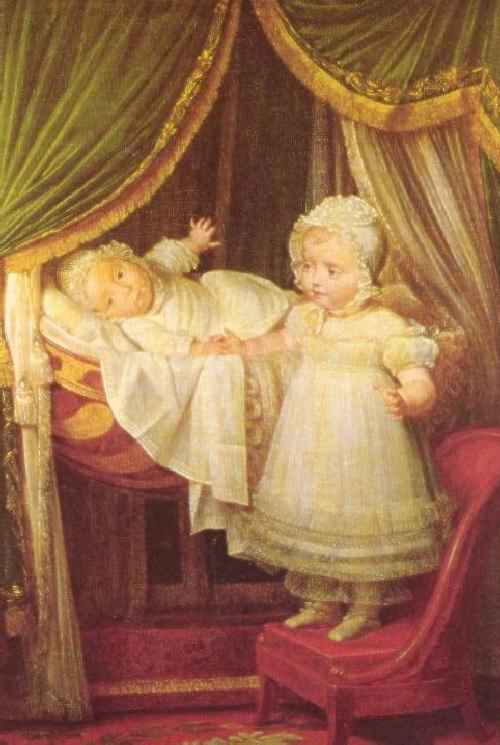
Figure 1.--This portrait by Louis Hersent was painted in 1822 of Le Duc de Bordeaux et sa soeur (Le Duke of Bordeaux and his sister). It shows both baby attire and the dresses worn by younger boys.


Figure 1.--This portrait by Louis Hersent was painted in 1822 of Le Duc de Bordeaux et sa soeur (Le Duke of Bordeaux and his sister). It shows both baby attire and the dresses worn by younger boys. |
French artist and printmaker Louis Hersent is best know for his classical and historical paingings during the early and mid 19th century. He also painted some wonderful portraits in the
early and mid 19th century, including some charming portraits of children. We know very little about his childhood. Louis had parents who supported his youthful interest
in art. He was an academic painter and is best knon for his historical and classical depictions. His mixed genre paintins, neither
history nor daily life, became popular with the new of aristocracy of Napoleon's First Empire.
Louis was born in Paris on March 10, 1777. HBC at this time knows little about his childhood or how he was dressed as a boy. His family was well off so presumably he had a comfortable childhood, although he lived in tumultous times, the French Revolution breaking out when he was 10 years old.
Louis' parents were very supportive of his interest in art. They arranged for him to study in Baron Jean-Baptiste Regnault’s studio where he became a star pupil. He won second place in the Prix de Rome in 1797 with classical work, "the Death of Cato" (location unknown). He became serious ill in 1798 and was forced to leave the studio.
When Louis recovered from his 1798 illness, his parents provided the money for him to set up a commercial enterprise. He apparently was not cut out for business and his enterprise nly lasted 18 nonths. He used his sparetime, especially Sundays, to pursue his real interest--paintging. A relative, M. Crouzet, director of the military academy at St Cyr, appointed him to the position of drawing-master, leaving him time to pursue his own painging.
Hersent was a noted painter and printmaker. His early paintings were formal, classical or historical works. Unfortunately many have been lost. He showed his first work, "Narcissus,"at the Salon in 1802. He showed "Achilles
Receiving Briseis" at the Salon in 1804 and "Aerial Tomb and Atala in the Arms of Chactas". Hersent won a gold medal in the Salon of 1806 for "Atala". He enjoyed painting American Indian scenes, largely from his idealized imagination as he never traveled to America. As an older painter, he worked with an academic sense of light and shade and composition. He increasingly turned to contemporary heroes in place of Greeks and Romans as well as emotion and anecdote in place of history. The mixed genre which emerged in Hersen't work, neither history nor daily life, was fashionable with the new aristocracy of the First Empire. The Empress Josephine purchased "Fénelon Returning a Cow
to a Family of Peasants". The Imperial Government commissioned "The Crossing of the Bridge of Landshut" which was requested by the Prince d’Eckmuth. One of Hersent's most famous Indian work was "Las Casas Rent by Savages" done in 1814. He also painted portraits, but HBC at thime has few details.
HBC has few details on Hersent's portraits. The one picture here is of "Le Duc de Bordeaux et sa soeur" (Le Duke of Bordeaux and his sister). The sister is the baby showing how an aristocratic baby was dressed. The Duke is the older boy and shows the stle of dresses worn by very yoing boys in the early 19th century. Also note the pantalettes.
A French reader reports that after the fall of Napoleon in 1814-15 that English styles became very fashionable in France. He speculates, "Perhaps a sort of nostalgy about the Monarchy."
Navigate the Boys' Historical Clothing Web Site:
[Return to the Main individual A-L artist alphabetical page]
[Return to the Main French page]
[Introduction]
[Activities]
[Bibliographies]
[Biographies]
[Chronology]
[Clothing styles]
[Contributions]
[FAQs]
[French glossary]
[Boys' Clothing Home]
